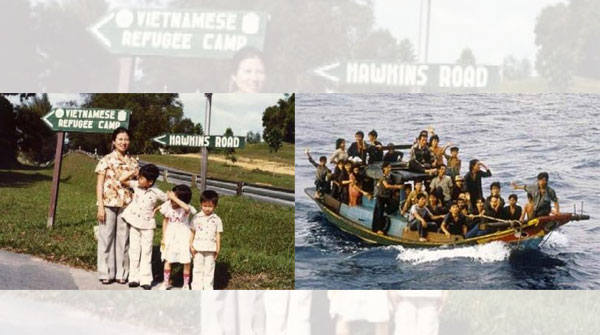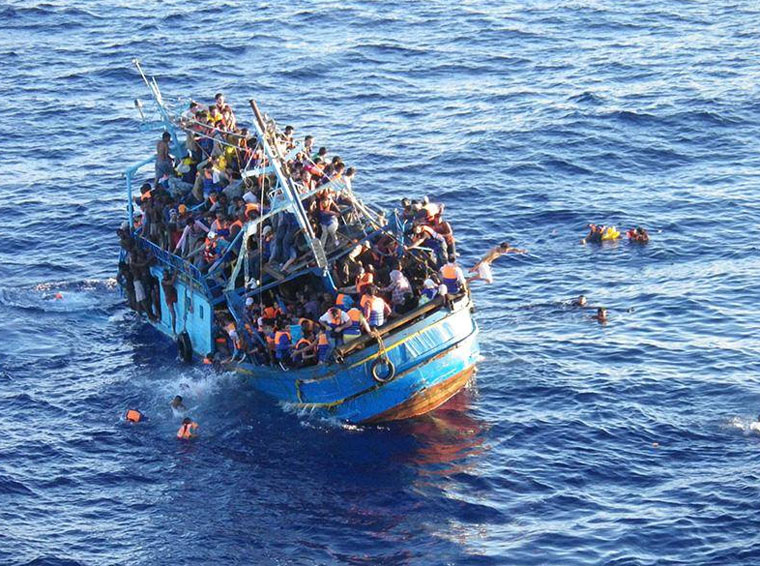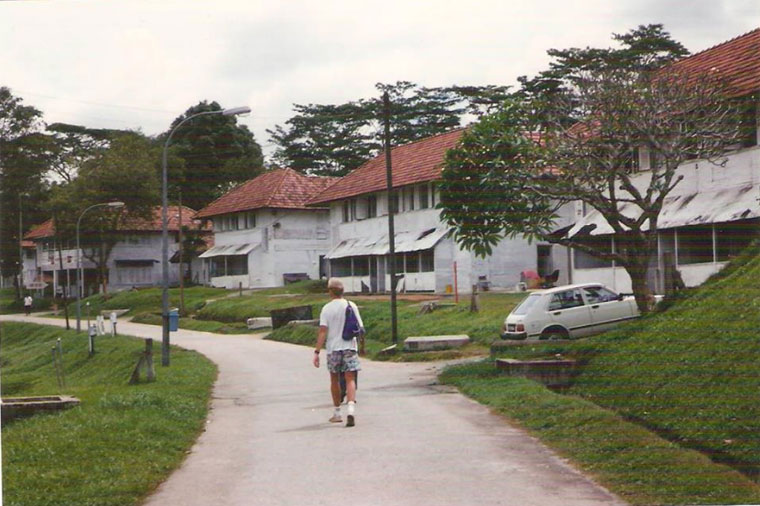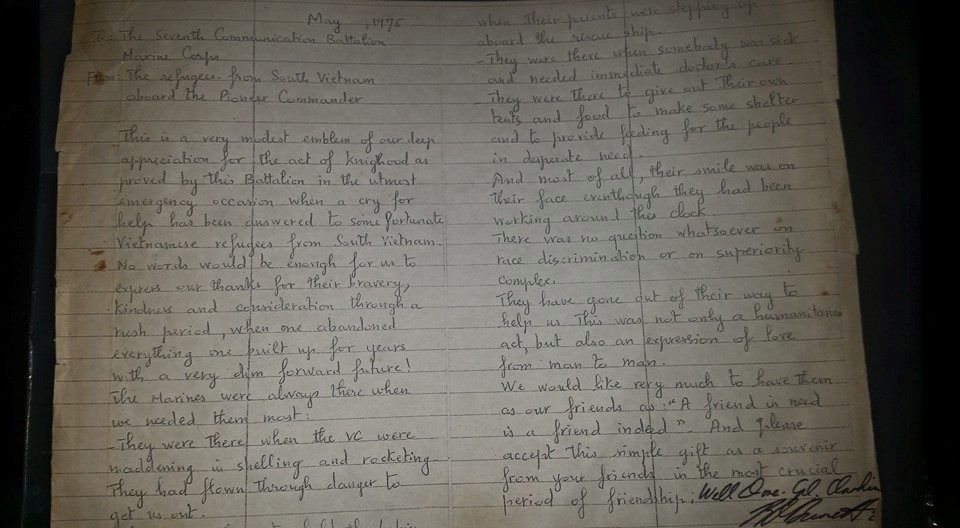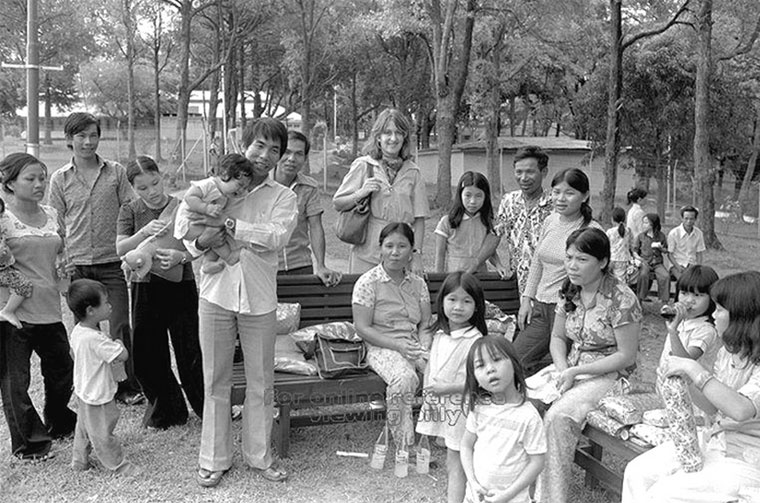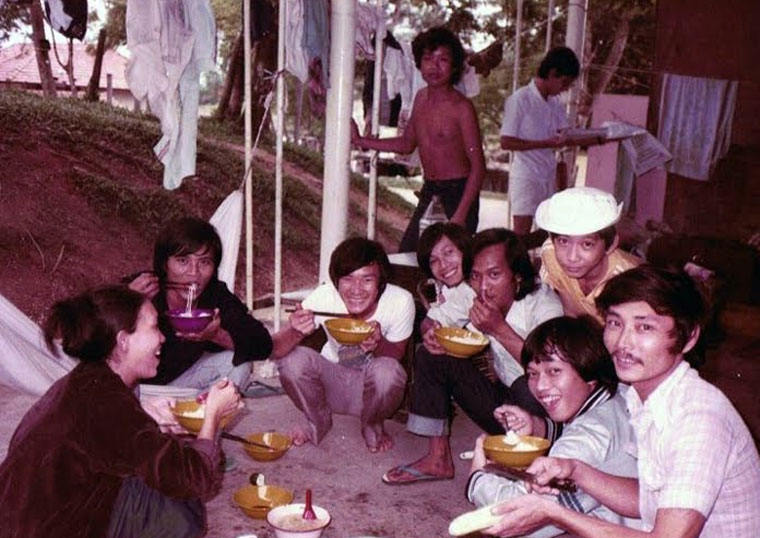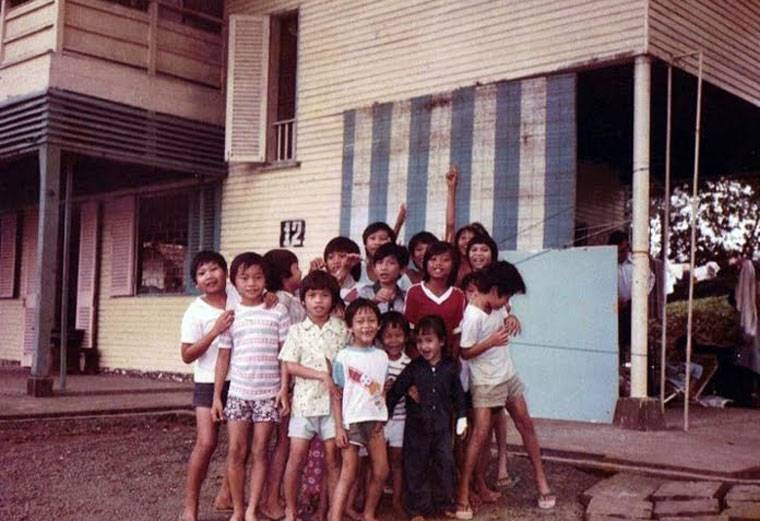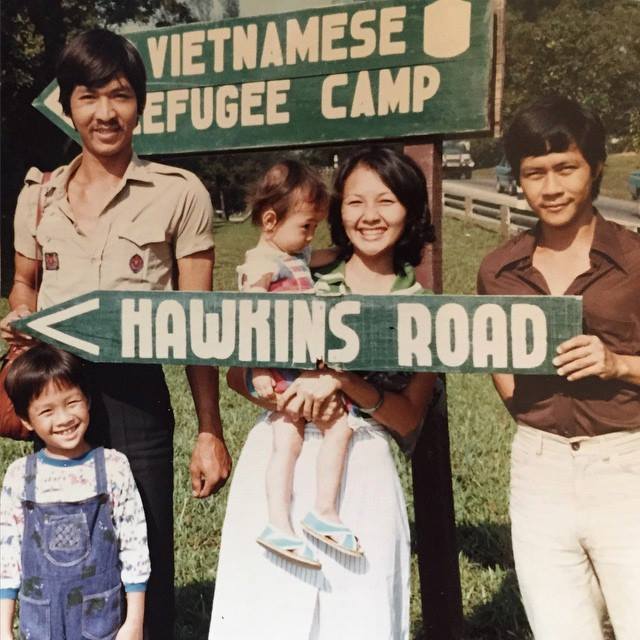What is happening now:
The Ministry of Home Affairs (MHA) said on May 15, 2015, that Singapore will not be accepting refugees or people seeking political asylum.
According to a MHA spokesperson:
"As a small country with limited land, Singapore is not in a position to accept any persons seeking political asylum or refugee status, regardless of their ethnicity or place of origin."
News making international headlines the last few days reported that migrants from Bangladesh and Burma were looking to land at surrounding Southeast Asian countries.
So far, more than 1,000 migrants have landed in Malaysia, while an additional 700 of them arrived in Indonesia on Friday, after fishermen rescued them from their sinking boat off Aceh province.
Indonesian police said they were pushed away by the Malaysian navy to the border of Indonesian waters.
A humanitarian crisis of this scale is not unheard of. Back in the 1970s, Singapore had actually established a Vietnamese Refugee Camp after the conclusion of the Vietnam War.
In 1978, Singapore had a Vietnamese Refugee Camp in Sembawang:
In an illuminating July 2011 post on Remember Singapore, titled "A Forgotten Past – Vietnamese Boat People in Singapore", it recounted how our republic used to have a refugee camp in Sembawang.
The Vietnamese refugee camp at 25 Hawkins Road in Sembawang existed for almost two decades.
In 1975, after North Vietnam invaded the south and captured Saigon to reunite the country under communist rule, it spelt the end of the Vietnam War.
However, hundreds of thousands of South Vietnamese fled their homeland as refugees, many of them desperately ventured southwards by sea to other Southeast Asian countries.
Initially, Singapore was the first country to stop the boat people from entering its coastlines.
The Singapore Armed Forces (SAF) cooperated with the Republic of Singapore Navy (RSN) in Operation Thunderstorm to carry out this task of turning them away but not before providing the refugees with food, water and fuel.
Thailand and Malaysia soon followed suit.
Unfortunately, many refugee boats capsized or were attacked by pirates resulting in the deaths of thousands in the open sea.
But that didn't prevent other refugees from landing in Singapore. Between 1975 and 1979, nearly 5000 Vietnamese refugees came to Singapore via commercial ships that picked them up in the open seas.
As a temporary solution to the humanitarian crisis then, the site of a former British army barrack at Sembawang’s Hawkins Road was used as the Vietnamese Refugee Camp.
Set up some time in 1978 in order to accommodate these refugees, the camp did not house more than 150 of them at any point in time to manage the numbers. Refugees were then quickly sent away to other countries, such as France, who were willing to accept them.
Hawkins Road Camp was considered one of the better and more humane refugee camps in the region.
One Vietnamese who remembers the conditions of the camp was grateful for Singapore's help:
"Spore is the most humane. I came back to visit Spore back in 05. It’s hard for Spore to deal with the refugees since Spore had its own problem such as space. Whatever Spore and its citizens did for us we are grateful and I came back to visit Spore just because of this".
Horrific stories about the treatment of the Vietnamese refugees in camps of other Southeast Asian countries were common.
By end of June 1996, the camp was officially closed. This occurred after the last batch of 99 boat people, living there since 1990, were voluntarily repatriated to a more politically-stable Vietnam.
Hawkins Road, which houses the refugee camp, also ceased to exist after that.
For more photos of the Vietnamese refugees in Singapore, please view here. This Facebook group, Vietnamese Boat People Refugee Camp, 25 Hawkins Road, Sembawang, Singapore, was started by Lam-Khanh Nguyen, a former refugee resident of Singapore, who has resettled in Germany.
Related article:
Top composite photo via Remember Singapore
If you like what you read, follow us on Facebook, Instagram, Twitter and Telegram to get the latest updates.
